Introduction of Upper Cabinets
Upper cabinets are among the most imprtnt storge solutions, In contemporary homes, especially in kitchens, bathrooms, laundry rooms, and utility spaces. First of all, they maximize vertical space, keeping countertops clutter-free while offering easy access to everyday essentials. Whether you’re remodeling, updating your decor, or building your dream kitchen from scratch, upper cabinets hold both functional and aesthetic importance.
We’ll explore everything you need to know about upper cabinets—definitions, benefits, effective usage tips, redesign mistakes to avoid, maintenance suggestions, and frequently asked questions. You’ll also find ideas, style recommendations, cost breakdowns, and expert insights to help you make smart decisions.
How to make upper cabinets can combine form and function to enhance your home, boost value, and elevte your style. You’ll feel confident selecting, custmizing, and installing upper cabinets that perfctly suit your lifestyle and space constraints.

What are Upper Cabinets?
Definition and Purpose
Upper cabinets are wall-mounted storage units typically found above countertops and sinks. Crafted to hold dishes, glassware, spices, toiletris, cleaning supplies, or even linens, they efficiently use vertical space. They keep frequently needed items accessible, yet out of sight, helping you maintain a tidy and organized home.
Upper cabinet’s are positioned about 18 inches above standard countertop height. Their typical heights range from 30 to 42 inches, although custm or full-height units can extend to the ceiling for extra storage or seamless built-in looks.
Materials and Construction
Common materials include:
- Solid wood (maple, oak, cherry) – offers durability and classic charm.
- Plywood or MDF with veneer or laminate – budget-friendly and adaptble.
- Metal cabinets (stainless steel, aluminum) – ideal for industrial or modern styles, especially in commercial-grade kitchens.
Door styles vary widely: shaker, flat-panel, raised panel, glass-front, open shelves, or mixed-media combos. Hardware choices—knobs, pulls, hinges—affect both functionality and design aesthetic.
Installation Basics
- Mounting height: Typically 18″ above the countertop; can be adjusted for specific uses (e.g., lowered above prep stations).
- Stud anchoring: Cabinets must be securely fastened to wall studs to handle the load.
- Leveling and alignment: Ensures smooth door operatin and cohesive appearance.
- Combining with other elements: Upper cabinet’s often work in tandem with base cabinets, islands, range hoods, open shelvs, utility racks, and task lighting.
Types and Configurations
- Standard upper cabinets – Closed storge with solid doors.
- Glass-front upper cabinet’s – For showcasing dishes and adding visual depth.
- Open shelving units – Offer easy access and a contemporary look.
- Corner upper cabinets – L-shaped units to maximiz corner space.
- Tall upper cabinets / reaching to the ceiling – Provide extra storage and eliminate dust-gathering spaces at the top.
- Specialty upper cabinets – Include featurs like plate racks, spice pulls, plate rails, or integrated lighting.
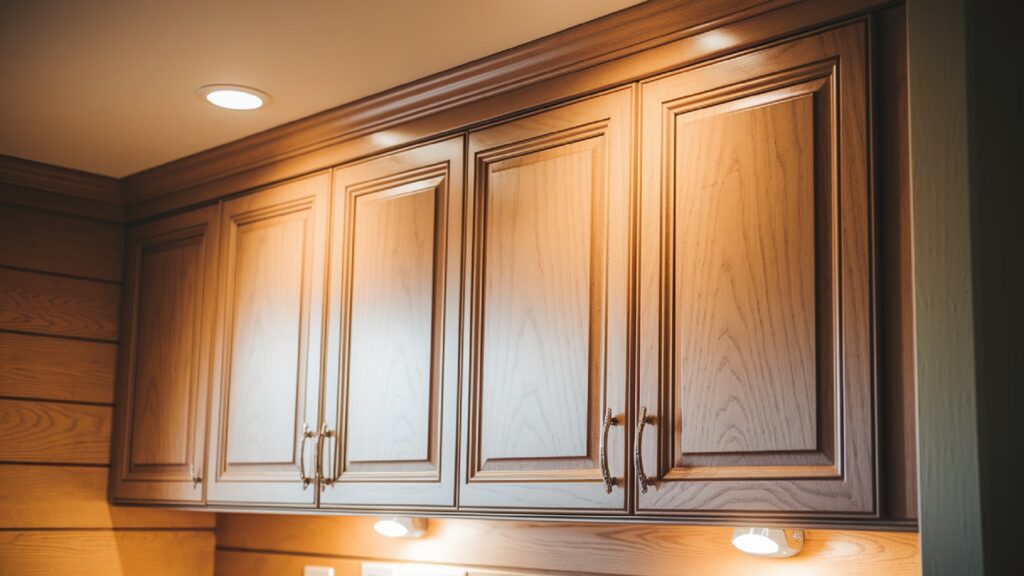
Benefits of Upper Cabinets
Upper cabinets aren’t just about storage—they’re an essential design element that impacts bth the functionalty and feel of a space. Whether you’re outfitting a kitchen, laundry room, or bathroom, the advantges of upper cabinet’s are wide-ranging.
1. Efficient Use of Vertical Space
Wall space is often underutilized. Upper cabints. allow homeowners to take advantage of vertical real estate, especially in compact areas. By building upwards instead of outwards, you create more floor space and keep a tidy layout.
- Perfect for galley kitchens or small laundry rooms
- Keeps the floor clear, allowing for more open movement
- Helps avoid bulky storage units that eat into square footage
2. Enhanced Organization and Accessibility
Upper cabinets are ideal for storing items that need to be accessible but don’t necessarily belong out in the open. Thnk about spices, glasswre, small appliances, or even medications in a bathroom.
- Divide cabinet interiors by purpose: glassware, dry goods, baking essentials
- Install pull-down racks or shelf risers to improve reach and usability
- Use labeled bins or drawer-style inserts for small items
Moreover, many upper cabinets come with customizable interiors: adjustable shelves, soft-close doors, and pull-down racks. These features make them easy to adapt to changing storage needs.
3. Improved Aesthetics and Style Cohesion
Upper cabinet’s contribute heavily to the visul balnc of a room. A well-planned cabinet layout can define your kitchen or bathroom’s aesthetic, from cozy farmhouse to sleek modern minimalism.
- Glass-front or frosted cabinet doors soften the space
- Cabinets painted in bold colors can become a design statement
- Symmetry in cabinet placement helps create harmony with appliances and windows
Tall or ceiling-height upper cabinet’s create an illusion of height and grandeur. You can even trim them with crown molding to elevate the entire room’s visual appeal.
4. Added Home Value and Buyer Appeal
In real estate, kitchens and bathrooms sell homes. Thoughtfully designed upper cabinets “not only enhance everyday usability but also” offer a significant return on investment.
- Buyers prioritize storage when shopping for homes
- Modern cabinetry with energy-efficient lighting or soft-close features is a strong selling point
- High-end finishes (like shaker doors, glass inserts, or brushed gold hardware) boost perceived luxury
Upgrading your upper cabinets isn’t just for style—it’s a smart, long-term investment.
5. Customizable Functionality
Because upper cabinets come in a wide rnge of sizes, depths, and configurations, they can be tailored to your space and habits. You might want:
- Shallow cabinets for spices or toiletries
- Deep corner cabinets with lazy Susans
- Open shelves mixed with closed doors
Upper cabinets can also hide electrical outlets, under-cabinet lighting, and even a ducted range hood, keeping the room sleek and functional.
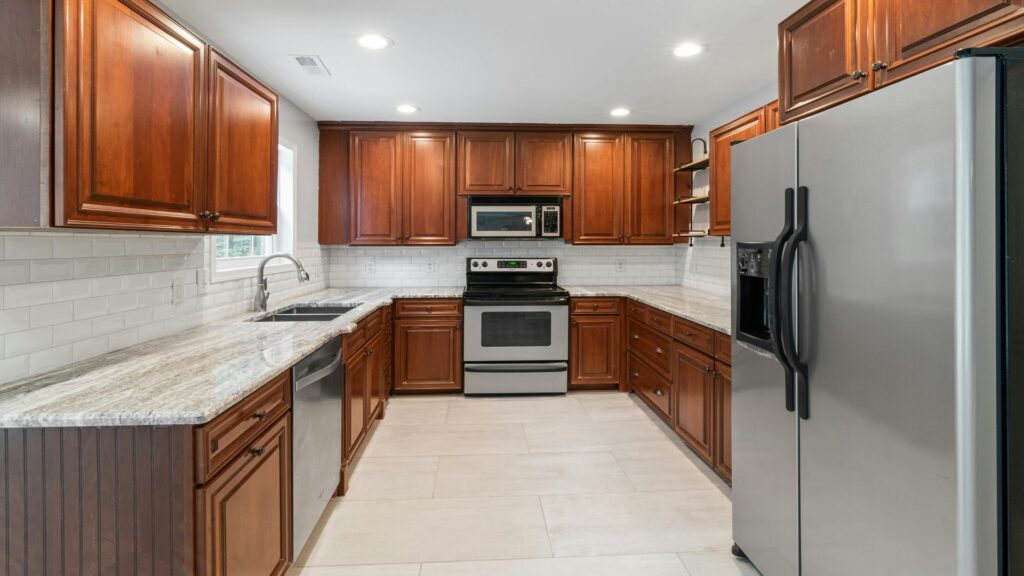
How to Use Upper Cabinets Effectively
Upper cabinets are most useful when designd and arranged intentionally. Here’s a guide to ensure you’re making the most effectve use of them in your space.
1. Assess Your Needs
Before choosing cabinet styles or configurations, determine:
- What items do you need to store
- How frequently do you access them
- Who will be using the space (e.g., kids, seniors, left-handers)
This allows you to plan both cabinet heights and internal organization systems to meet your needs.
2. Design with Symmetry and Proportion in Mind
Balance is key. When designing your kitchen or bathroom layout:
- Align upper cabinets with base cabinets or appliances
- Use similar widths for adjacent units
- Place taller cabinets at the ends to create a frame
Also, use symmetry around focal pints (such as a range hood or sink window) to give your room a finished, professional look.
3. Use Vertical Layers Inside Cabinets
Here’s how to maximize every inch:
- Shelf risers: Double the usable space inside a single cabinet
- Pull-down racks: Ideal for tall cabinets or easier access
- Lazy Susans: Great for corners or wide cabinet interiors
- Under-shelf baskets: Add a bonus level for storing linens or cutting boards
4. Incorporate Lighting
Good lighting makes upper cabinet’s not only functional but beautiful.
- Under-cabinet lighting: Enhances task areas and adds ambiance
- Interior lighting: Especially in glass-front cabinets
- Top-mounted lights: Highlight cabinetry that reachs the ceiling
5. Plan Accessibility for All Users
In homes with kids or elderly family members, accessibilty matters. Consider:
- Step stools are stored in nearby drawers
- Pull-down shelves with spring-assisted mechanisms
- Lowered cabinet heights where needed
6. Keep It Tidy With Smart Organizers
Keeping the uppr cabinet’s organized prevnts clutter and frustration. Try:
- Transparent bins for grouping pantry items
- Stackable dish holders or cup hangers
- Labels or color-coded systems for quick access
By planning with your daily habits and storage needs in mind, upper cabinet’s become far more than just shelvs—they become essential tools for making your home run smoothly.

Common Mistakes People Make With Upper Cabinets
Even well-intentioned homeowners and designrs can make critical errors when choosing or installing upper cabinets. Avoid these common mistaks to ensure functionality, safety, and long-term satisfaction.
1. Mounting Cabinets at the Wrong Height
A frequent mistake is installing cabinets either too high (making them hard to reach) or too low (cutting into counter space and sightlines). The standard recommendation is:
- 18 inches above countertops for kitchens
- 20–22 inches above bathroom vanities, especially when dealing with vessel sinks
When mounted too high, upper cabinets become dcoratve rather than practical. When too low, they obstruct visibility or interfere with applianc clearance (like microwaves or coffee makers).
2. Not Anchoring to Wall Studs
Upper cabinets carry significant weight once filled. Failing to anchr them properly is not just a design flaw—it’s a safety hazard. Always:
- Use stud finders to locate solid framing
- Reinforce with heavy-duty screws or cabinet hangers
- Check for level and plumb alignment before fastening
Skipping these steps could cause the entire cabint to collapse under weight.
3. Overcrowding or Poor Layout
Another mistake is trying to cram too many cabinets into a small space. This can make the room feel claustrophbic and reduce usable wall space for open shelving, windows, or range hoods.
Design tip: Leave breathing room between upper cabinets and other vertical elements to maintain a balanced, open feel.
4. Ignoring Ventilation or Lighting
Homeowners often neglect how upper cabinets interact with ventilation systems and lighting. Overhead cabinets may block range hoods, light fixtures, or natural window light.
Be sure to:
- Include range hood clearance in your cabinet plan
- Add under-cabinet lighting to illuminate workspaces
- Avoid placing tall cabinets in front of windws or over sinks
5. Mismatch of Cabinet Styles or Finishes
Aesthetic mismatches can break the cohesion of your design. For example:
- Glossy modern cabinets above rustic wooden base cabinets
- Mixing warm- and cool-toned woods
- Disproportionate cabinet sizes are throwing off symmetry
If you want variety, use contrast intentionally. For instanc, a two-tone kitchen (white uppers, navy blue lowers) can be striking, but it must be well-planned.
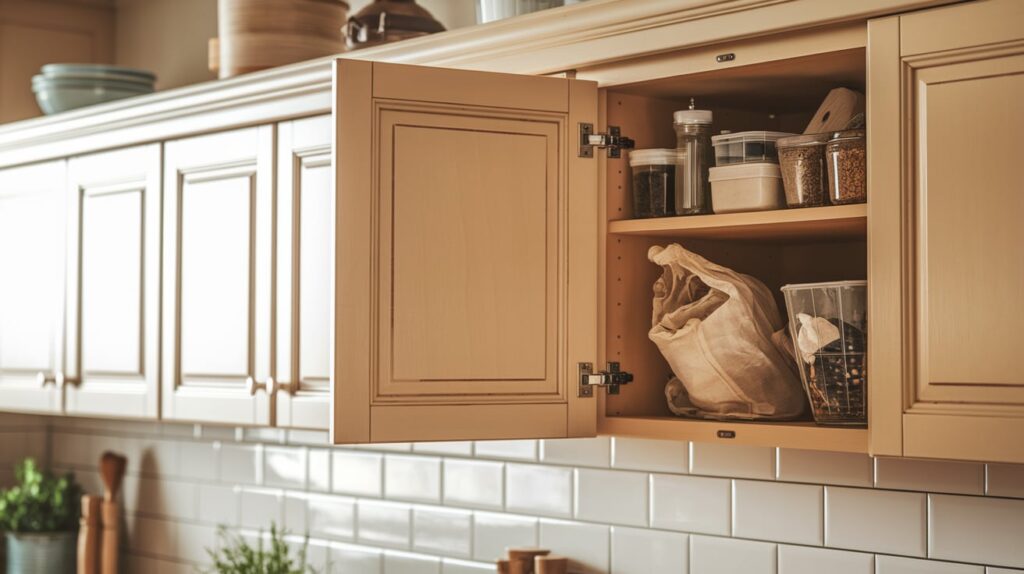
Materials, Finishes & Long-Term Maintenance
Choosing the right material and finish for your upper cabinets impacts not only the look “Additinaly, it should emphasize durability and ease of care.”.
Popular Cabinet Materials
1. Solid Wood
- Long-lasting and strong
- Ideal for traditional or rustic styls
- More expensive, but repairable
Pro tip: Choose hardwoods like maple or oak for kitchns with high humidity or traffic.
2. Plywood with Veneer
- Stronger than particleboard
- Lightweight and warp-resistant
- Available in a range of wood-look finishes
3. MDF (Medium-Density Fiberboard)
- A smooth surface is ideal for paint
- Affordable and consistent
- Susceptible to moisture damge if not sealed properly
4. Laminate or Thermofoil
- Budget-friendly
- Available in endless colors and textures
- Easy to clean, but can peel or wrp with heat
5. Metal Cabinets
- Great for industrial kitchens or garages
- Durable and easy to sanitize
- Cold and noisy if not insulatd
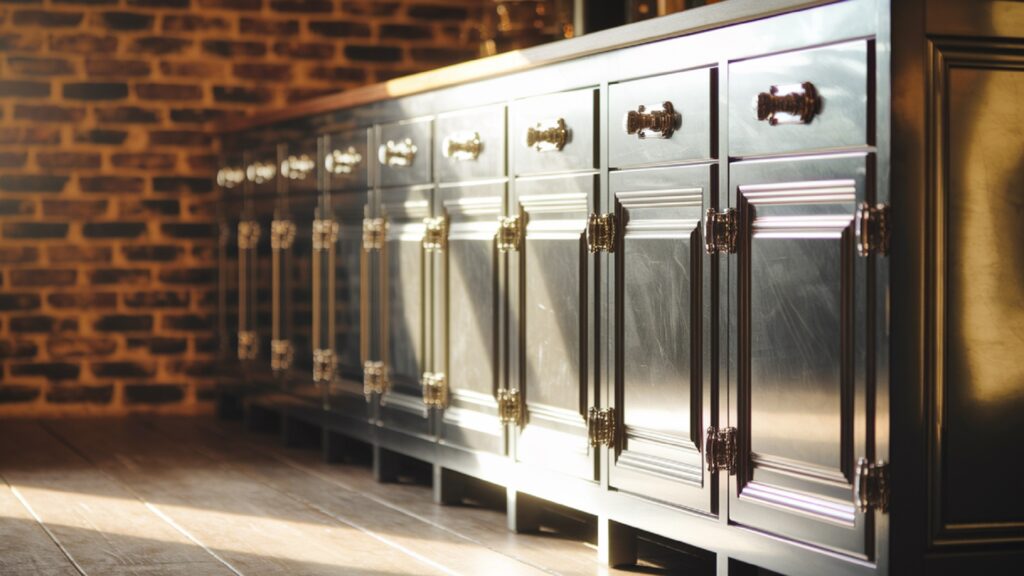
Finish Options
- Stained wood: Shows off grain; warm and natural.
- Painted: White, navy, sage green, or matte black are trending for 2025.
- High-gloss: Best for modern or minimalist spaces.
- Matte: Contemporary and fingerprint-resistant.
Care & Maintenance Tips
- Wipe down regularly with a damp micrfiber cloth.
- Avoid abrasive cleaners—they scratch wood and dull finishes.
- Use mild dish soap for greasy buildup near stovetops.
- Touch-up paint chips as needed to prevent moisture intrusion.
- Polish hardware (handles, knobs, hinges) every few months.
“Regarding wooden cabinets”, applying a furniture oil or polish once or twice a year keeps the finish hydrated and protected.
FAQs About Upper Cabinets
Here are the most commonly asked questions about upper cabinets, with concise, practical answers.
What is the ideal depth for upper cabinets?
Most upper cabinets are 12 inches deep, which is enough for plates, glasses, and pantry items. Some specialty cabinets go deeper—15 or 18 inches—but these may interfere with countertop activities. If not planned carefully, it can lead to problems.
Can I take upper cabinets to the ceiling?
Yes! Ceiling-height upper cabinets maximize storage and eliminate that awkward dust-collecting space at the top. Howevr:
- They can be difficult to access—store seasonal or rarely used items up there.
- Crown molding or light valances can be usd to transition the cabinets into the ceiling for a seamless look.
Should I choose solid doors or glass doors?
It depends on your style and function. Solid doors are more forgiving for messy interiors. Glass doors or frosted panls add elegance and depth, allowing for display of pretty dishware or decor.
A popular compromise is to use glss doors only on a few accent cabinets.
Are upper cabinets outdated compared to open shelving?
Open shelving is trendy, but upper cabinets offer more practical storage and less upkeep. Dust and grease can accumulate on open shelves, especially near stoves.
A balanced approach is best: combine upper cabinets with one or two open shelves for visual lightness and convnience.
Can I install upper cabinets myself?
If you’re experienced with tools and know how to locate studs, yes. But for most homeowners, hiring a professional ensures safety, precise alignment, and secure installation, especially for heavier, customized units.
Author Remarks
Upper cabinets are much more than just basic storage units—they are essential elements that dfine the function, style, and flow of kitchns, bathrooms, and other spaces “Inside your home.”.
Maximizng verticl space to enhncing the room’s overall aesthetic, upper cabinets provide a versatile and practical solution that meets both everyday needs and design ambitions.
We’ve explored the many facets of upper cabinets: what they are, the benfits they offer, how to use them effectively, and the commn pitfals to avoid. We’ve also discussed popular materials, finishes, and maintenance strategies to ensre your cabinets. Not only does it look great, but it also stands the test of time..
By carefully planning the height, style, and configuration of your upper cabinets, you can dramaticlly imprv your space’s organization and accessibility. Incorporating features like adjustable shelves, under-cabinet lighting, and smart organizers allows you to customize your storg In a clearer way. make daily tasks easier and more enjoyable.
Upper cabinets contribute significantly to your home’s value and curb appeal. Well-chosen cabinetry—whether traditional wood, sleek modern laminate, or industrial metal—can elevate your space, impress visitors, and create a welcoming environment that reflects your style.
Remember to avoid common mistaks such as improper mounting height, poor anchoring, and mismatched styles, which can compromis both the functionality and appearance of your cabints. Instead, focus on symmetry, thoughtful design, and quality materials.
If you are embarking on a renovation or new build, consider consulting with professionls to get the best advice on installation and layout. But with the right knowledge and planning, even DIY enthusists can successfully select and install upper cabinets that transform their space.
The right upper cabinets are a worthwhile investment, combning beauty, durability, and practicality. They will help you keep your home organized, efficient, and stylish for years to cme.

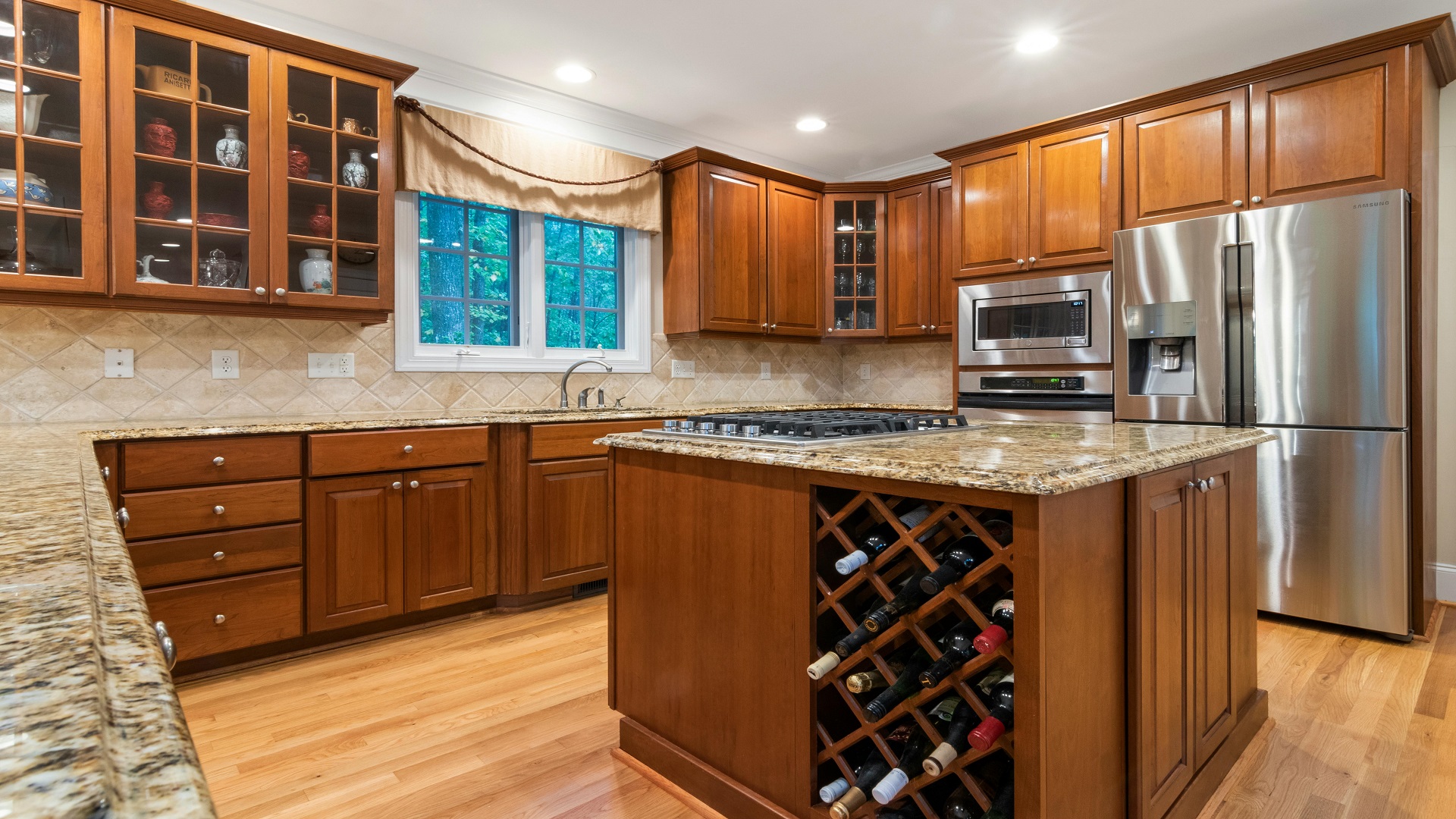
1 Comment